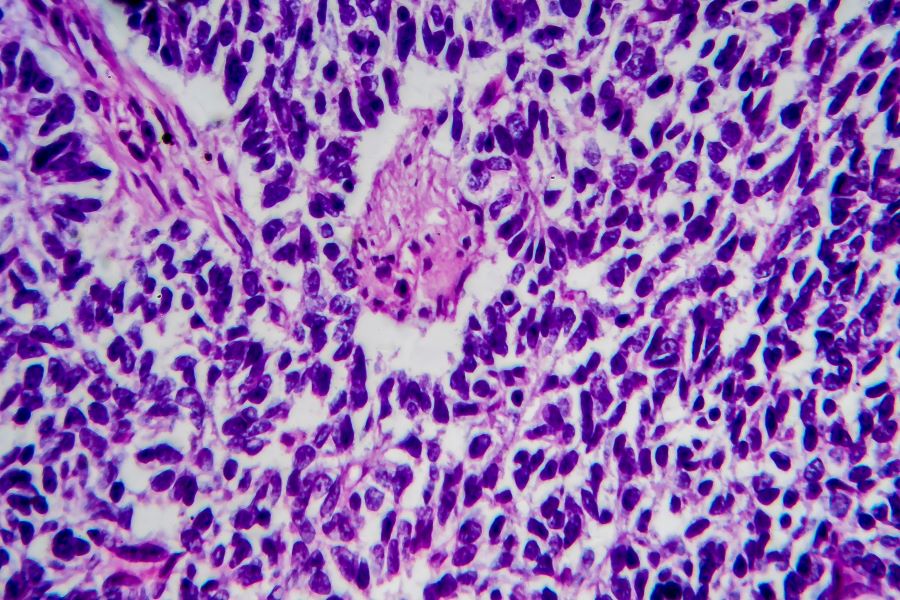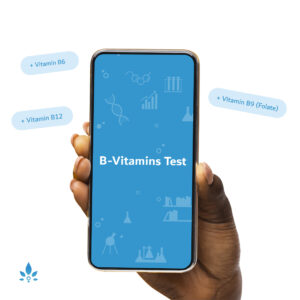Wilms Tumor in Children


Along with the liver, the kidneys are part of the body’s filtration system. They filter blood for excess minerals and wastes and then eliminate waste material via the urine. Wilms tumor, or nephroblastoma, is a childhood cancer that affects one or both kidneys. The condition is rare and is typically diagnosed in children between the ages of 3 and 4. Doctors diagnose an estimated 460 new Wilms tumor cases in the United States annually, according to St. Jude Children’s Research Hospital.
Wilms tumors often do not cause symptoms until they have grown fairly large. They are often one pound or more before they are detected when a parent notices a firm, smooth lump in the abdomen when bathing or holding the child. Children with Wilms may complain of abdominal pain, appetite loss, fever, blood in the urine, or nausea. Occasionally, high blood pressure is the first symptom noted at a routine physical.
The good news about Wilms tumors is that they do not often metastasize, or spread, to other body parts. During the evaluation of the mass, a team of physicians will use a variety of testing methods to determine if a tumor is present and if cancerous cells have spread. Imaging scans, such as a CT and MRI, can reveal potentially cancerous tumors. Blood tests will check for kidney function to determine the status of a patient’s health and immune system. A biopsy, which is a surgical procedure where a piece of the tumor is sampled, will confirm a diagnosis and determine the staging, or severity, of the cancer.
Wilms tumor is not strongly related to heredity, meaning that if a family member had Wilms tumor during their childhood, your child’s risk only increases minimally. However, certain genetic syndromes increase the risk factor for Wilms tumor. If a child has one of these conditions, they should be screened regularly (every 3 months) until they are between ages 6 or 7. Examples include:
Beckwith-Wiedemann syndrome
Denys-Drash syndrome
WAGR
Children with birth abnormalities, including undescended testicles or hypospadias also are at greater risk for Wilms tumor.
Treatments for Wilms tumor depends on the stage of the cancer. The tumor will be removed by a surgeon, and then a cancer doctor will use chemotherapy to kill the remaining cancer cells in the body. Radiation therapy may also be used to target the tumor and shrink it prior to removal to make surgery less complicated. The prognosis for Wilms tumor depends upon a child’s overall health, how much the tumor has spread, and the tumor type. An estimated 95 percent of Wilms tumor types are classified as “favorable,” with the remaining 5 percent classified as “anaplastic.”
Sources:
- Cincinnati Children’s
- Wilms Tumor.
MayoClinic - Wilms Tumor.
National Cancer Institute - Wilms Tumor and Other Childhood Kidney Tumors.
St - Jude Children’s Research Hospital
- Wilms Tumor.
American Cancer Society - What are the risk factors for Wilms tumor?
Powered by Bundoo®












































